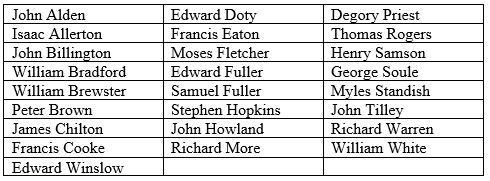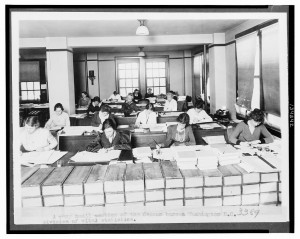Your Ancestor’s Locations
It is extremely important to learn about the location(s) our ancestors lived. We need to be aware of when certain jurisdictions were formed, what records were kept and when, which jurisdictions were responsible for keeping specific records, and what records are currently accessible.
Keep in mind that jurisdictional boundaries may have changed over time, so it is important to keep track of what jurisdictions a location was a part of during the time the family resided ther













